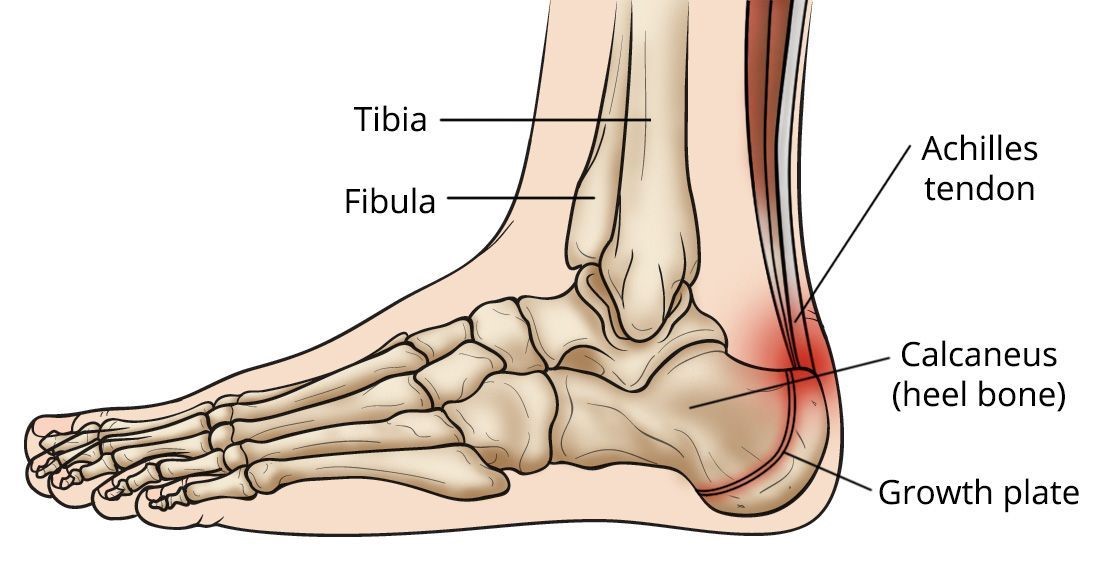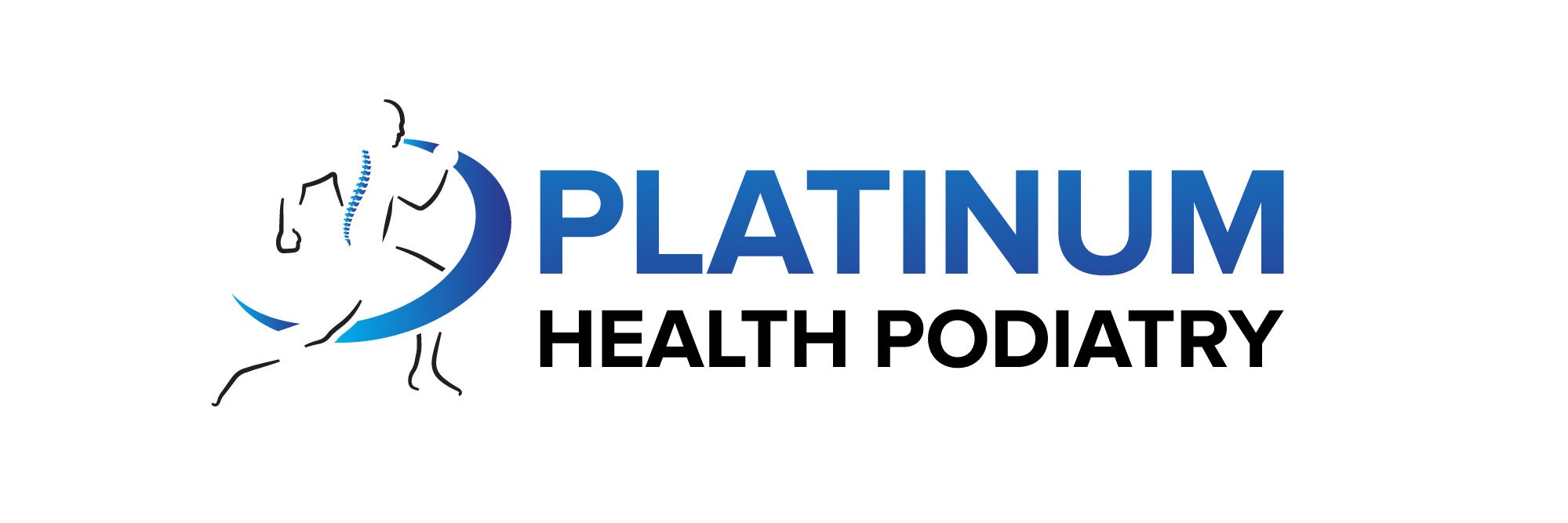Conditions
Os-Goods Schlatter’s Disease
Home >> Os-Goods Schlatter’s Disease
Os-Goods Schlatter’s Disease
Os-Goods Schlatter’s Disease
Osgood Schlatter Syndrome is a common condition in growing adolescents, particularly those involved in sports. It arises from irregularities in the growth of bone and soft tissue around the knee. It is often linked to physical activity during periods of rapid growth.

Causes
- Growth Spurts: It typically occurs during periods of rapid growth, where the bone grows faster than the surrounding soft tissues.
- Physical Activity: Activities that involve running, jumping, or kneeling can exacerbate the condition.
- Pronation: Internal tibial rotation due to foot pronation can increase stress on the knee, contributing to pain.
Symptoms
- Knee Pain: Pain at the top of the shin bone (tibia) and just below the knee.
- Lump Formation: A noticeable bump at the base of the knee, where the patellar tendon attaches to the tibia.
- Swelling and Tenderness: Swelling in the area, especially after activity, leading to tenderness and swelling.
Assessment
A thorough evaluation by a lower limb expert is crucial, as knee pain can stem from various issues.
Treatment
Treatment for Osgood Schlatter disease is generally non-surgical and may include:
- Rest: Reducing physical activity to allow healing.
- Ice Therapy: Applying ice packs for up to 20 minutes to reduce pain and swelling.
- Orthotics: Custom-engineered insoles can help address biomechanical issues and alleviate stress on the knee.
- Strapping Techniques: Supportive taping methods to provide stability during the healing process.
- Prolotherapy: This treatment can stimulate cartilage repair and promote healing.
- Anti-Inflammatory Medication: Over-the-counter options like Voltaren or ibuprofen to manage pain and inflammation.

